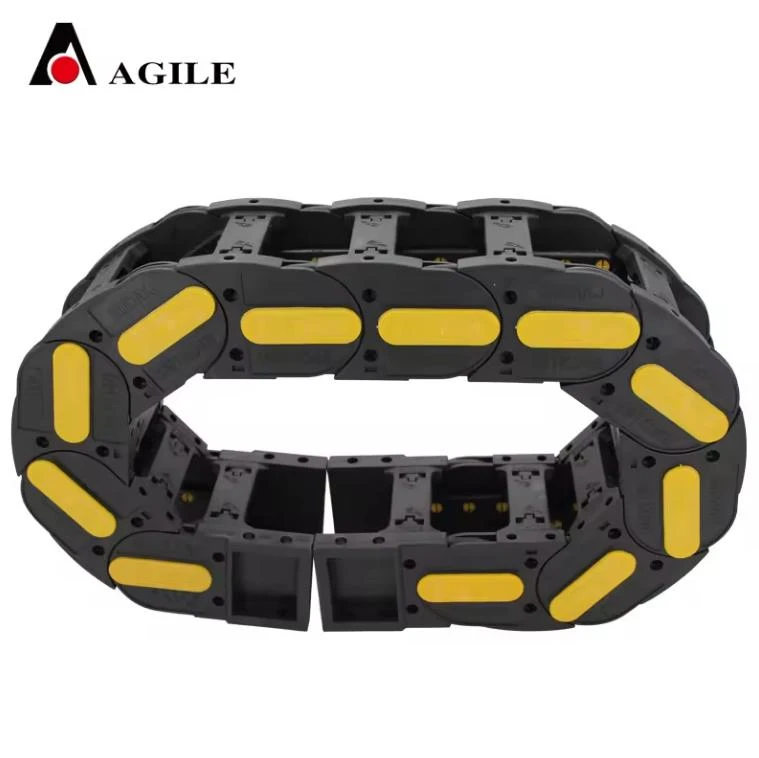Optimizing Cable Management with Energy Chain Cable Carrier Solutions for Efficient Operations
Understanding Energy Chain Cable Carriers
In today's industrial landscape, managing the organization and protection of cables and hoses is crucial for maintaining efficiency and safety in various applications. One effective solution to this challenge is the use of energy chain cable carriers. These versatile systems provide a streamlined approach to keeping cables and hoses organized and secure, whether in manufacturing processes, automation systems, or any dynamic environment where movement is a factor.
What is an Energy Chain Cable Carrier?
An energy chain, also known as a cable carrier or drag chain, is a flexible assembly designed to guide and protect moving cables and hoses. These carriers are typically made from durable materials, ensuring they can endure the rigors of continuous movement without significant wear or tear. They are composed of interconnected links that create a channel into which cables and hoses are threaded, allowing for smooth operation and easy access during maintenance.
Energy chain systems are invaluable in applications where machinery or equipment requires mobility. For example, in robotic arms, CNC machines, and conveyor systems, energy chains help prevent tangling or damage to cables that could otherwise hinder performance or lead to costly downtimes.
Benefits of Using Energy Chain Cable Carriers
1. Protection One of the primary functions of energy chain systems is to protect cables and hoses from abrasion, dust, and mechanical damage. By containing these components within a closed system, energy chains reduce the likelihood of wear and prolong the lifespan of sensitive wiring.
2. Organization Energy chains help keep cables and hoses organized, preventing them from becoming entangled or misplaced during operation. This organization is particularly useful in environments with multiple moving parts, where disorganization can lead to accidents or inefficiencies.
energy chain cable carrier

3. Flexibility and Mobility The design of energy chains allows them to adapt to various movement patterns, whether linear or rotational. This flexibility makes them suitable for a wide range of industrial applications, from robots to automated assembly lines.
4. Reduced Maintenance Costs By protecting cables from wear and reducing the possibility of damage, energy chains can lower maintenance and replacement costs. A well-maintained energy chain system ensures that machinery operates smoothly, thereby enhancing productivity.
5. Customization Energy chains can be customized to suit specific applications. Manufacturers offer various sizes, shapes, and configurations, allowing businesses to select a system tailored to their unique needs. This adaptability can provide significant advantages in specialized industrial processes.
Applications of Energy Chain Cable Carriers
Energy chain cable carriers find extensive use across various industries. In manufacturing, they are employed in assembly line applications to facilitate movement while preventing cable damage. In robotics, they ensure that power and data connections remain intact as robotic arms move through complex tasks. Additionally, in construction and transportation, energy chains support equipment such as cranes and lifts, ensuring safe and reliable operation.
Conclusion
Energy chain cable carriers are essential components in the modern industrial setting. By providing protection, organization, flexibility, and reduced maintenance costs, these systems enhance productivity and safety across a myriad of applications. As industries continue to evolve, adopting advanced solutions like energy chains will be crucial for businesses looking to optimize their operations and maintain a competitive edge. Whether you are involved in manufacturing, robotics, or any other sector that requires dynamic cable management, understanding and utilizing energy chain cable carriers can lead to profound benefits for your operations.








